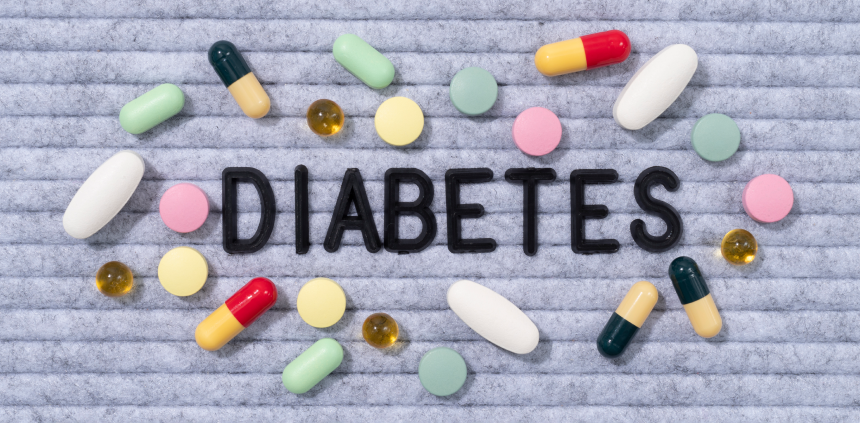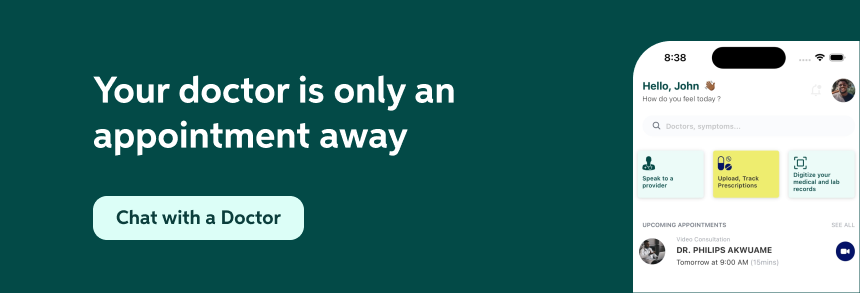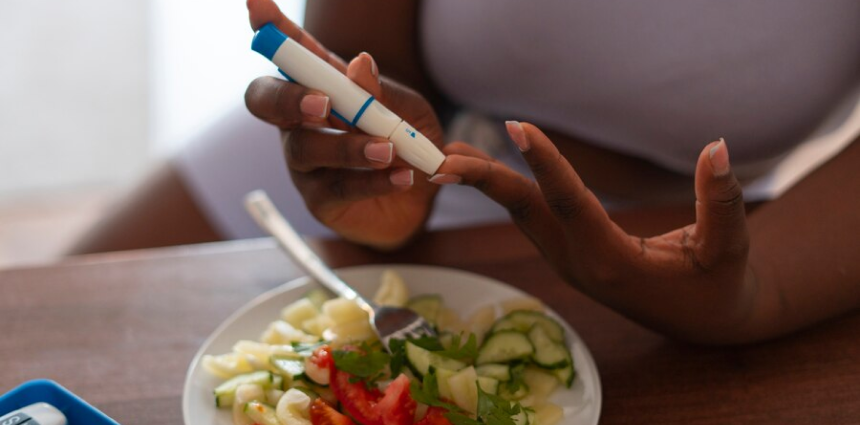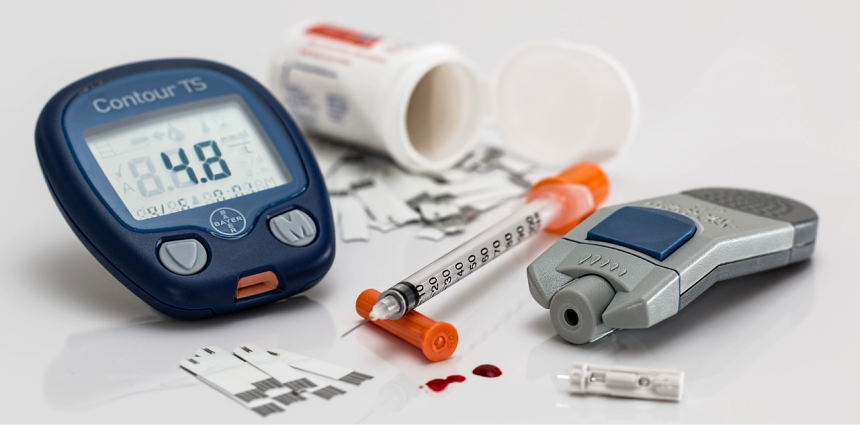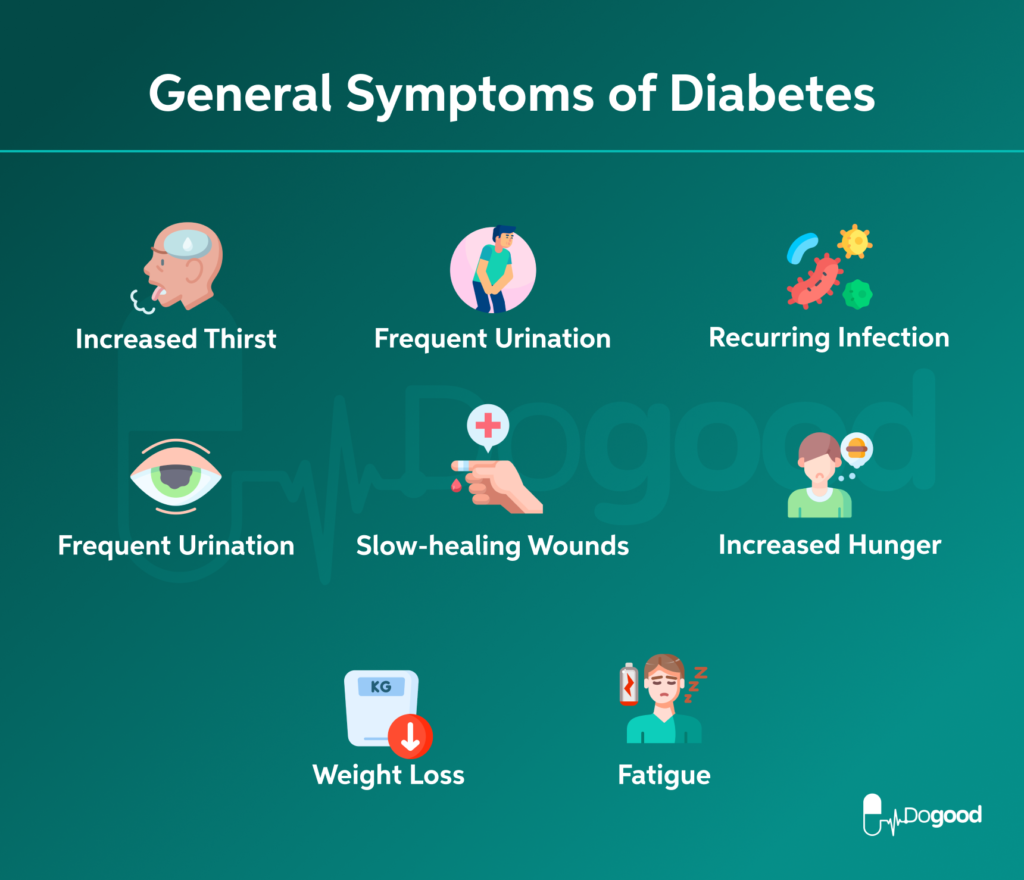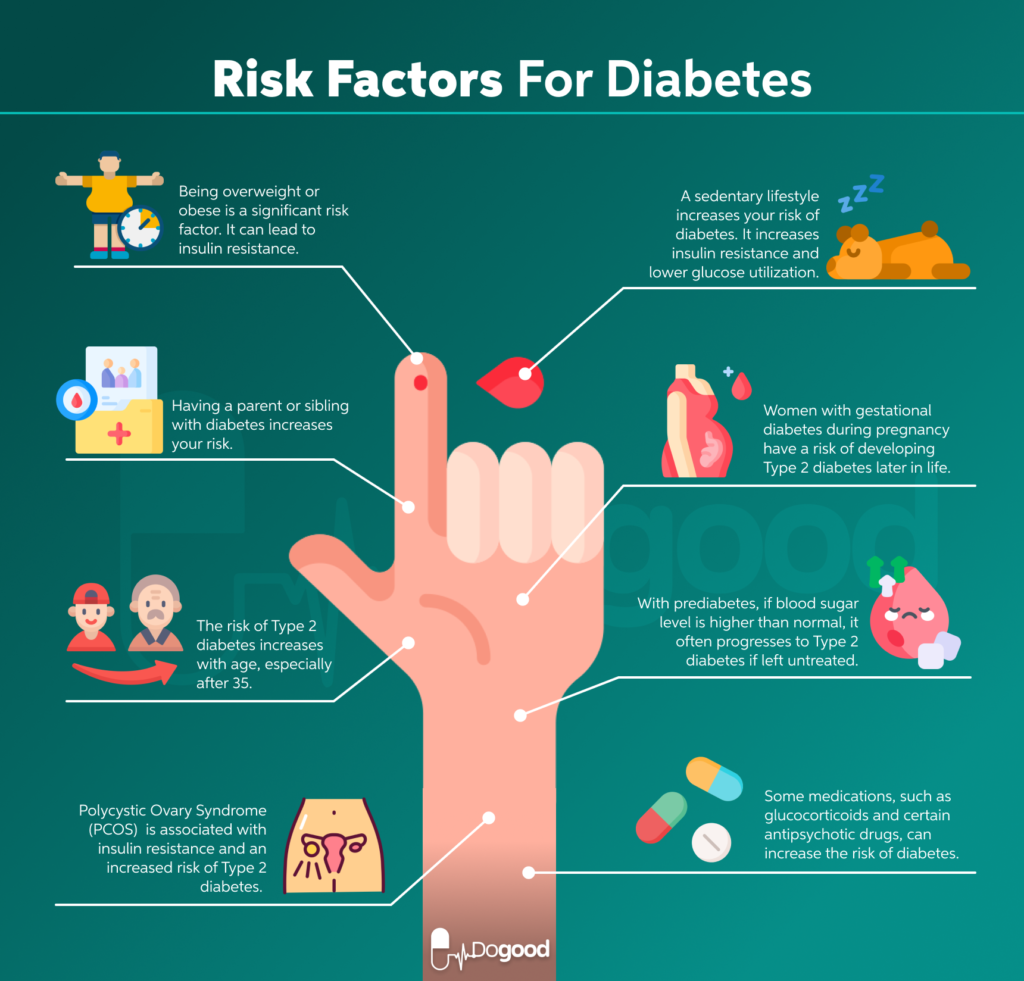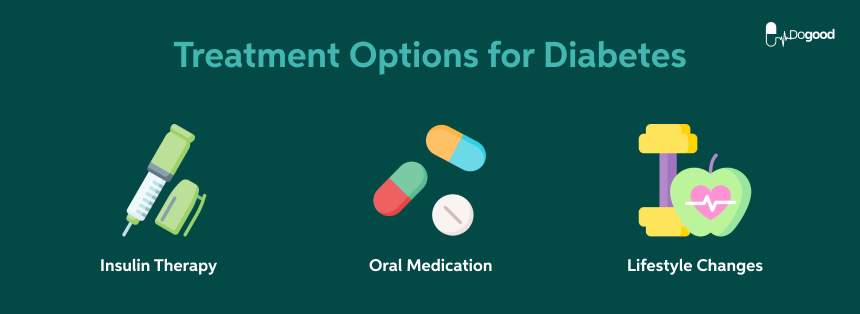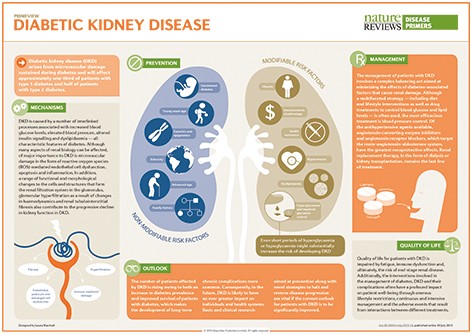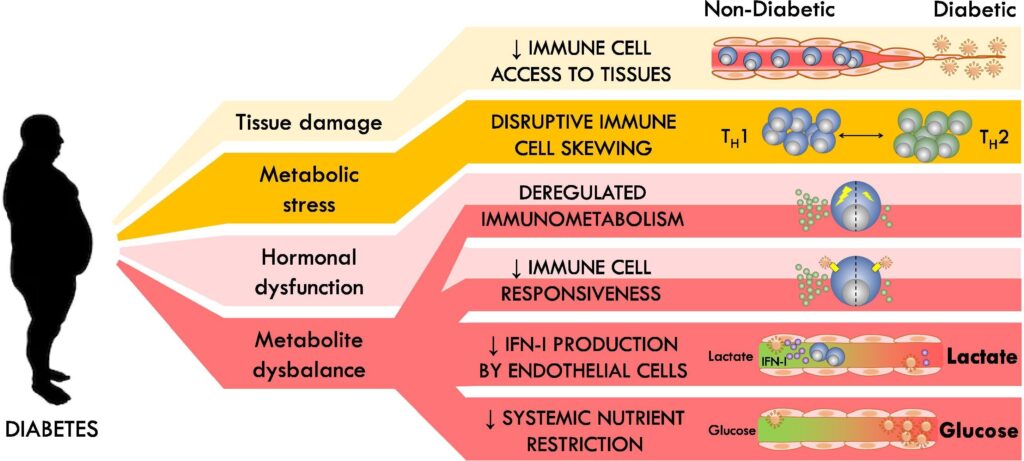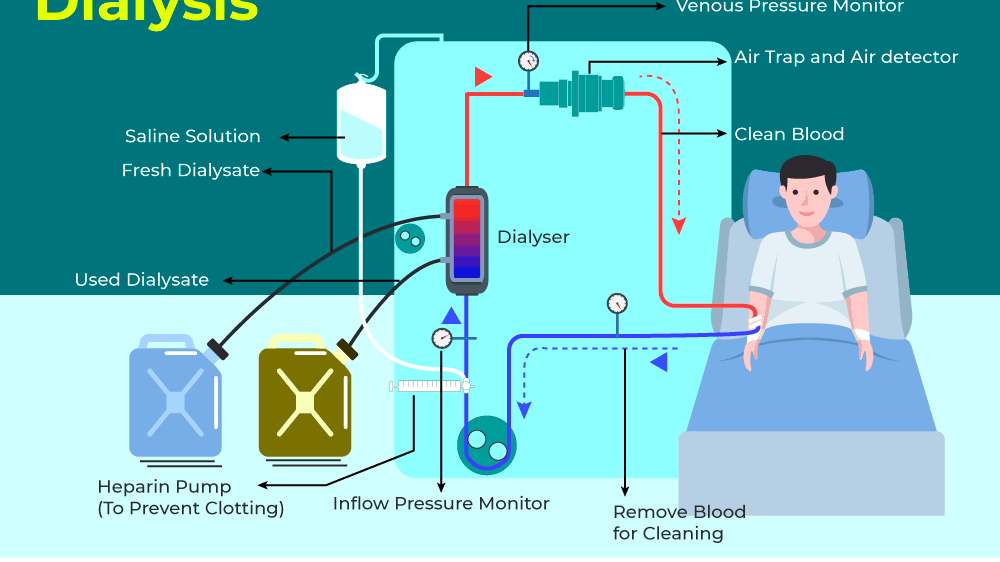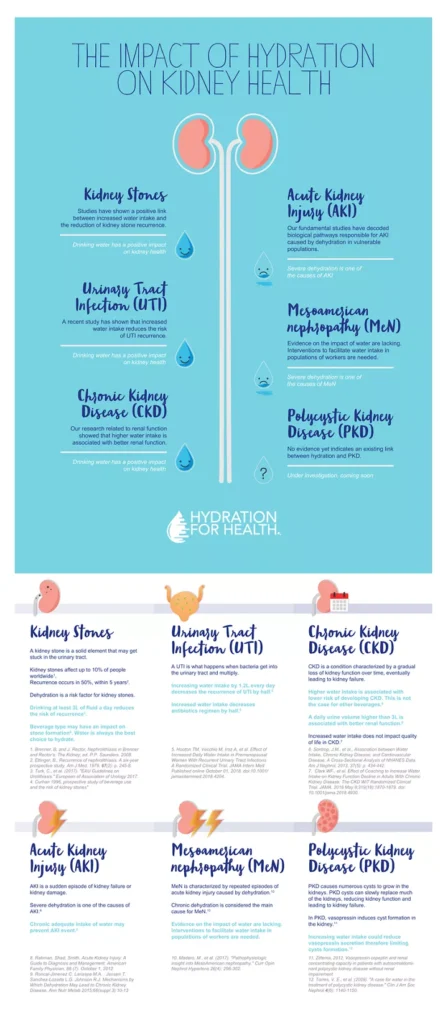Apollo is highly contagious and spreads quickly through direct contact with infected individuals or contaminated surfaces.
To cure Apollo eye disease fast, a combination of hygiene practices and targeted treatments is essential. Depending on the cause, doctors may recommend antiviral or antibiotic eye drops along with home remedies.
First , it is important to understand what Apollo eye infection is, including its causes, symptoms, and transmission methods.
What is Apollo Eye Infection?

Apollo eye infection, also known as conjunctivitis, is an inflammation of the conjunctiva—the clear membrane covering the white part of the eye and the inner eyelids.
Approximately 300,000 people in Ghana are blind, with an additional 332,000 experiencing severe visual impairments, highlighting a significant public health challenge.
It is commonly caused by viral or bacterial infections, as well as allergic reactions. This inflammation makes the tiny blood vessels in the conjunctiva more visible, resulting in red or pink eyes.
What causes Apollo?
Apollo, commonly known as pink eye, can result from infections, allergies, or irritants—each with different causes and levels of contagion.
| Type of Apollo | Cause | Contagious? |
| Viral Apollo | Virus (like cold viruses) | Yes – spreads easily |
| Bacterial Apollo | Bacteria (can come from contaminated surfaces or hands) | Yes – spreads easily |
| Allergic Apollo | Reaction to allergens (pollen, dust, pet dander) | No – not contagious |
| Irritant Apollo | Chemicals or foreign objects in the eye | No – caused by irritants, not germs |
How Long Does Apollo Eye Infection Last?
Mild bacterial Apollo eye infections usually clear up within a week. Without treatment, recovery may take up to two weeks. If treated with antibiotics, symptoms often improve in 3–4 days, but it’s important to complete the full course to prevent recurrence.
What Happens During an Apollo Eye Infection? Main Signs & Symptoms
The Apollo disease, also known as pink eye, can affect one or both eyes, and the symptoms vary based on the cause. Here’s a clearer breakdown of the most common symptoms:

- Redness and discomfort: The eyes appear bloodshot, often accompanied by mild to severe pain.
- Itchiness: Persistent itching makes it hard to resist rubbing the eyes, which can worsen the condition.
- Gritty sensation: Feels like there’s sand or dirt in the eye, especially noticeable when blinking.
- Crusty eyelids: Discharge from the eyes can dry up, forming a crust that makes it difficult to open the eyes, especially in the morning.
- Excessive tearing: The eyes may water continuously, making it hard to focus or see clearly.
- Watery discharge: More common in viral cases, the eyes may produce a constant flow of clear fluid.
- Blurred vision: Temporary vision issues can occur due to discharge, swelling, or excessive tearing.
- Burning sensation: A stinging or burning feeling in the eyes, often due to irritation.
- Light sensitivity: Bright light can feel uncomfortable or even painful, causing squinting or the need to shield the eyes.
- Sore eyes: The eyes may feel tender and sensitive to touch.
- Swollen eyelids: Inflammation can cause noticeable puffiness or swelling around the eyes.
How to Perform Apollo Eye Treatment at Home Safely?
Here are a few simple and effective ways to learn how to treat apollo eye infection at home:
- Saltwater (Saline) Rinse: Mix 1 teaspoon of salt with half a liter of boiled, cooled water. Use a cotton swab to gently wipe the eyes and remove discharge.
- Warm and Cold Compress:
- Use a warm compress to soothe irritated eyes and soften crusts.
- A cold compress can reduce swelling and relieve discomfort.
- Honey Drops: Add two drops of honey to cooled boiled water and apply with a sterilized dropper. Honey’s antibacterial properties help fight infection.
- Cucumber Slices or Green Tea Bags: Place them over closed eyes to reduce inflammation and refresh tired eyes.
- Change Bedding and Towels Frequently: Wash pillowcases and towels regularly to prevent reinfection and spreading the infection to others.
- Avoid Eye Makeup and Contact Lenses: Stop wearing contacts until recovery, and discard old eye makeup to avoid contamination.
- Wash Bedding and Towels Frequently:
- Clean pillowcases, sheets, and towels regularly to avoid spreading the infection. Avoid sharing these items with others.
What Antibiotics & Eye Drops for Apollo Eye Infection Should You Use?
Here’s a quick breakdown of antibiotics for apollo eye and eye drops commonly used to treat bacterial Apollo (pink eye) infections:
- Broad-Spectrum Topical Antibiotics (First-Line Treatment):
- Ciprofloxacin
- Ofloxacin
- Moxifloxacin
- Besifloxacin (Effective against drug-resistant bacteria)
- Antibiotic Ointments:
- Erythromycin
- Bacitracin
- For Severe Infections:
- Combination of Aminoglycosides (e.g., Tobramycin) and Cephalosporins
- For Specific Infections (e.g., Gonococcal or Chlamydial):
- Oral antibiotics are recommended to address systemic infections that impact the eyes along with the best eye drops for apollo.
How to Prevent Apollo Eye Infections? 10 Effective Tips for Healthy Eyes
Preventing Apollo eye infections is simple with good hygiene and a few mindful habits:

- Wash Hands Often: Use soap and water for at least 20 seconds, especially after touching your face or eyes.
- Avoid Touching Your Eyes: Keep your hands away from your eyes, especially when they aren’t clean.
- Use Clean Towels and Pillowcases: Change them regularly and avoid sharing with others.
- Dispose of Old and Expired Makeup: Toss old eye products like mascara and eyeliner, and don’t share cosmetics or makeup tools.
- Clean Contact Lenses Properly: Follow lens care instructions and replace cases frequently.
- Disinfect Surfaces: Regularly clean objects like phones, doorknobs, and shared spaces.
- Manage Allergies: Take allergy medications to reduce irritation and rubbing of the eyes.
- Avoid Eye Contact with Irritants: Wear goggles when swimming or working with chemicals.
- Stay Home if Infected: Rest at home until symptoms improve to prevent spreading the infection.
- Seek Medical Help if Symptoms Worsen: See a doctor for persistent or worsening symptoms to get proper treatment.
FAQs
When to See a Doctor if you have Apollo eye?
Consult a doctor if symptoms worsen, do not improve within a week, or are accompanied by severe pain, blurred vision, or light sensitivity?
What are the Symptoms of Apollo Eye Infection?
Symptoms include redness, watery or thick discharge, eye pain, itching, swelling of the eyelids, and sensitivity to light?
How is Apollo Eye Infection Diagnosed?
Doctors diagnose it through a physical eye examination and, in severe cases, may take a sample of discharge for lab testing to identify the infection’s cause?
Wrap Up
To cure Apollo eye disease fast, maintain proper hygiene, use prescribed eye drops, and apply home remedies like warm compresses for quick relief. Acting early helps reduce symptoms and prevent spreading the infection.
For personalized care, schedule a consultation with a doctor through the DrDoGood platform for expert guidance on managing Apollo eye disease safely.


